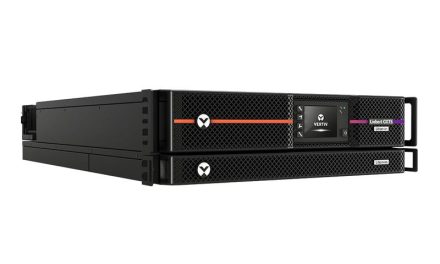
Tariffs on aluminium, steel and other materials
After the US government imposed trade tariffs on aluminium and steel, the Chinese government threatened to place duties on a range of US exports, including electronic components. Since the electronics supply chain is globally interconnected, this has had an impact on market stability.
The Huawei ban
On 15th May 2019, the government added Chinese technology company Huawei and its affiliated technologies to the ‘Entity List’, which imposes an export license requirement. This decision to limit component supply to Huawei is likely to have a significant impact on the market, both in China and the US.
Huawei is also directly involved in the building and maintenance of the 5G infrastructure across the globe. The block on Huawei, if extended across more countries, could slow down major 5G developments.
On July 3rd 2019, Vodafone rolled out their 5G networks, joining fellow UK operator EE. However, both companies have currently blocked Huawei phones from using the network. The Chief Executive of Vodafone has suggested they would be keen to remove the ban if the US blocks on Huawei are lifted.
What does the future hold for the industry?
With tariffs placed on a number of key materials, many electronic manufacturers are learning to adapt to this new situation by looking at a redesign of their products.
An extra layer of work has been added for supply chain managers, as research must be carried out to determine which components will be subject to tariffs during distribution.
While China has so far been an important player in the global supply chain, it is likely that companies in the US and perhaps further afield will begin to source their components elsewhere. This opens up opportunities for other countries to be more involved, such as Mexico, which has been touted as a new hub for electronics manufacturing.
On the other hand, in recent developments, Donald Trump and Xi Jinping have stated their intention to resume talks about the current trade situationand it looks as though tensions could ease up, which may return the supply chain to a more stable state.
Maintaining an effective supply chain
Whether the US-China trade war is resolved or not, it’s essential that manufacturers find suppliers who can adapt to deal with the unpredictable component climate.
Supply chain management should be based on accurate forecasts rather than fear. Hopefully, manufacturers will realise that it would be dangerous to stockpile components in this climate as it could lead to global shortages.
Although the trade war continues to place pressure on the supply chain, it’s important that good working relationships are otherwise maintained across the globe. Being part of the supply chain requires constant communication, sharing of data and planning for all outcomes.
For more information, click here.


